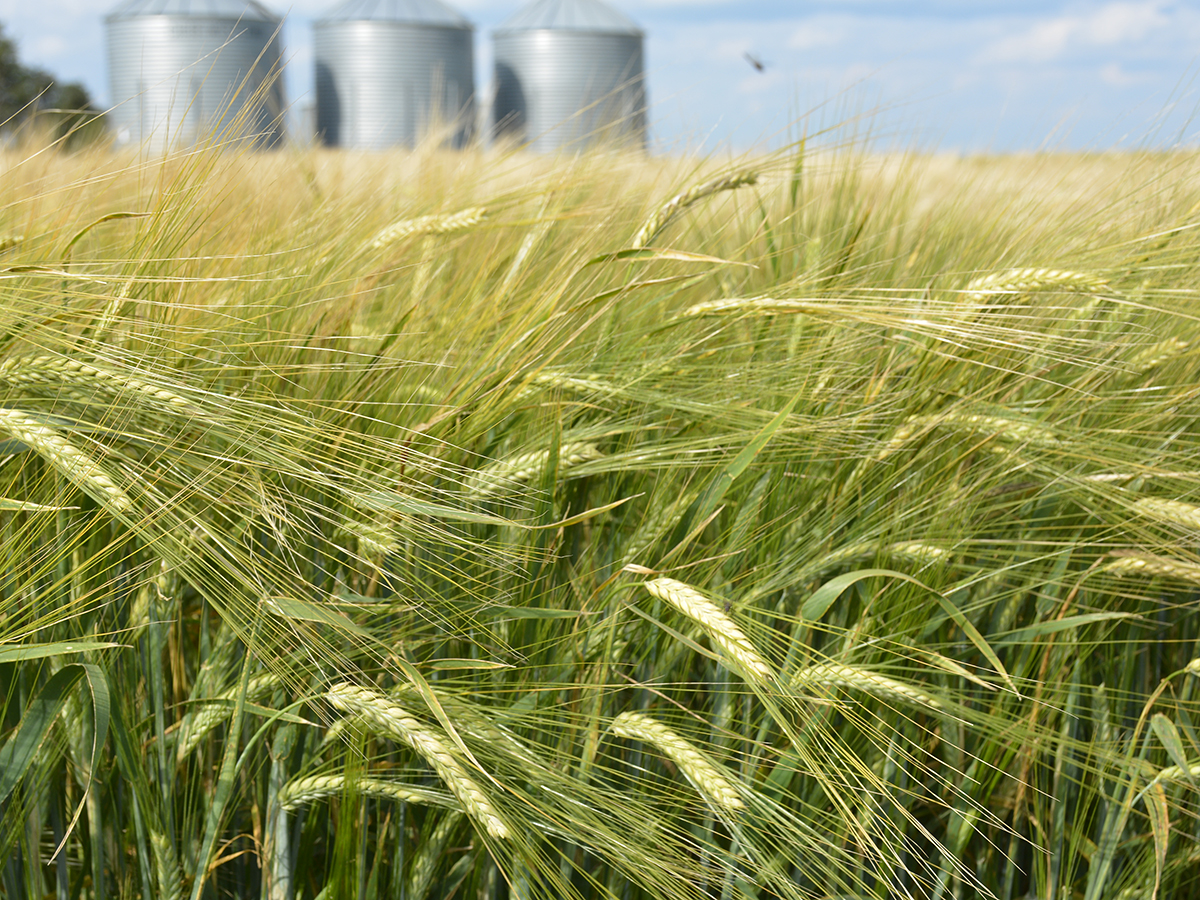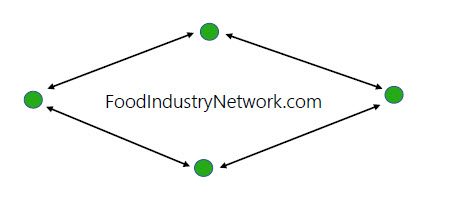FCC report helps put farmland rental rate picture into focus

What’s the cash rental rate in your area?
A just-released rental rate report from Farm Credit Canada sheds a bit of light on the question.
Truth is, cash rental rates for farmland are something of a black box. No public reporting system exists, and since it’s a competitive market, most farmers would rather not divulge what they’re paying.
Read Also


Passion for growing giants also seen in farmers’ dedication
It takes a lot of passion, energy and knowledge to plant a field full of seeds and turn it into a harvestable crop.
For landlords, especially if they’re one or two generations removed from the farm, it can be difficult to know if they’re receiving a fair rent. I often get calls from these sorts of folks.
Maybe they’ve long been renting to some distant cousin, but the rental rate hasn’t gone up in years and they wonder if they’re losing out.
Sometimes land rents go up for public auction, and then those numbers do become public knowledge. It’s the surprisingly high cash rent numbers that get bandied about on coffee row, but those may not be entirely indicative of the market.
While the FCC report doesn’t put dollar per acre values on cash rents in each province, the rent-to-price ratio it reports when combined with its farmland values information let’s you decipher some ballpark rental rates.
In Saskatchewan, FCC says the rent-to price ratio, which is the rental rate divided by the farmland value, has remained steady with last year at 3.1 per cent. Therefore, cash rent is keeping up with the increase in the land prices. In 2024, FCC says land prices in the province increased by 13.1 per cent.
The wide range in land values as well as in the rent-to-price ratio must be noted. While the average rent-to-price ratio is pegged at 3.1 per cent, it ranges from 1.8 to 4.6 per cent.
If, however, you use the 3.1 per cent ratio and assume a land value of $3,000 an acre, the cash rent comes to $93 an acre. If you use a land value of $4,000 an acre, the average rent-to-price ratio gives you a cash rental rate of $124 an acre.
As land prices increase, the trend is for a lower rent-to-price ratio and that can be seen in the numbers for other provinces.
The average rent-to-price ratio in Manitoba is 2.4 per cent. In areas of Manitoba, where land is selling for $5,000 an acre, that ratio computes to a cash rent of $120 an acre.
FCC reports farmland values in central Manitoba as high as $13,000 an acre. In that upper end of values, the rent-to-price ratio is no doubt well below 2.4 per cent.
Alberta is a similar situation with an average rent-to- price ratio of 2.35 per cent. Land prices are similar, too, and show great variability from one area to another.
In Ontario, where land commonly sells for $15,000 to $25,000 an acre, the average rent-to-price ratio is much lower at only 1.2 per cent. On $20,000 per acre land, this computes to a rental rate of $240 an acre.
The FCC analysis is an interesting read, designed mainly for comparing cash flow when renting land as compared to new purchases of land.
Over recent years, the cash flow advantage to renting has been increasing. However, the increase in land values is eclipsing the cash flow advantage on farm balance sheets.
Although not designed to calculate cash rents in each province, FCC’s rent to price ratio is a method to come up with plausible ballpark numbers.
Kevin Hursh is an agricultural journalist, consultant and farmer. He can be reached by e-mail at kevin@hursh.ca.
Source: producer.com


